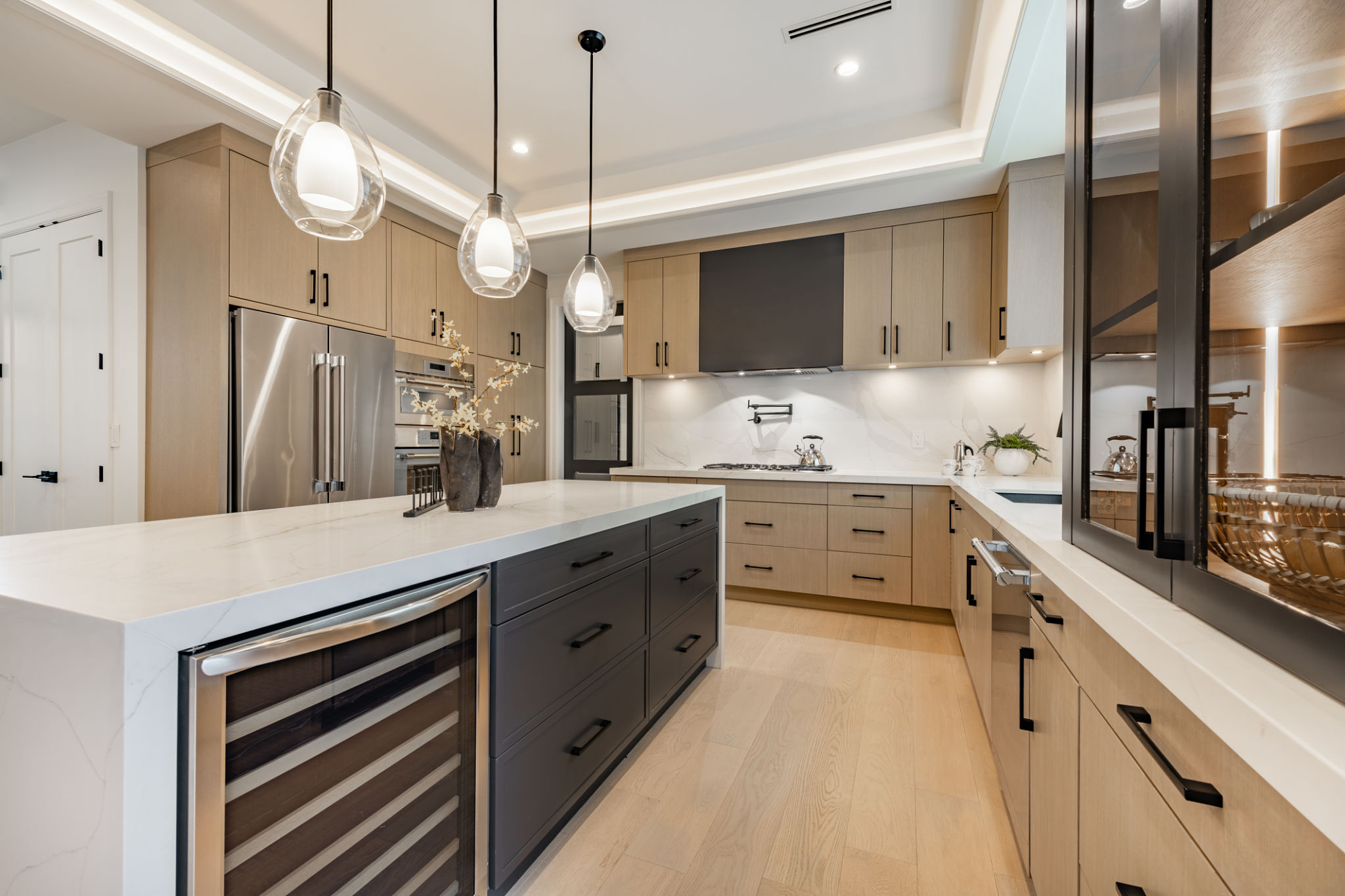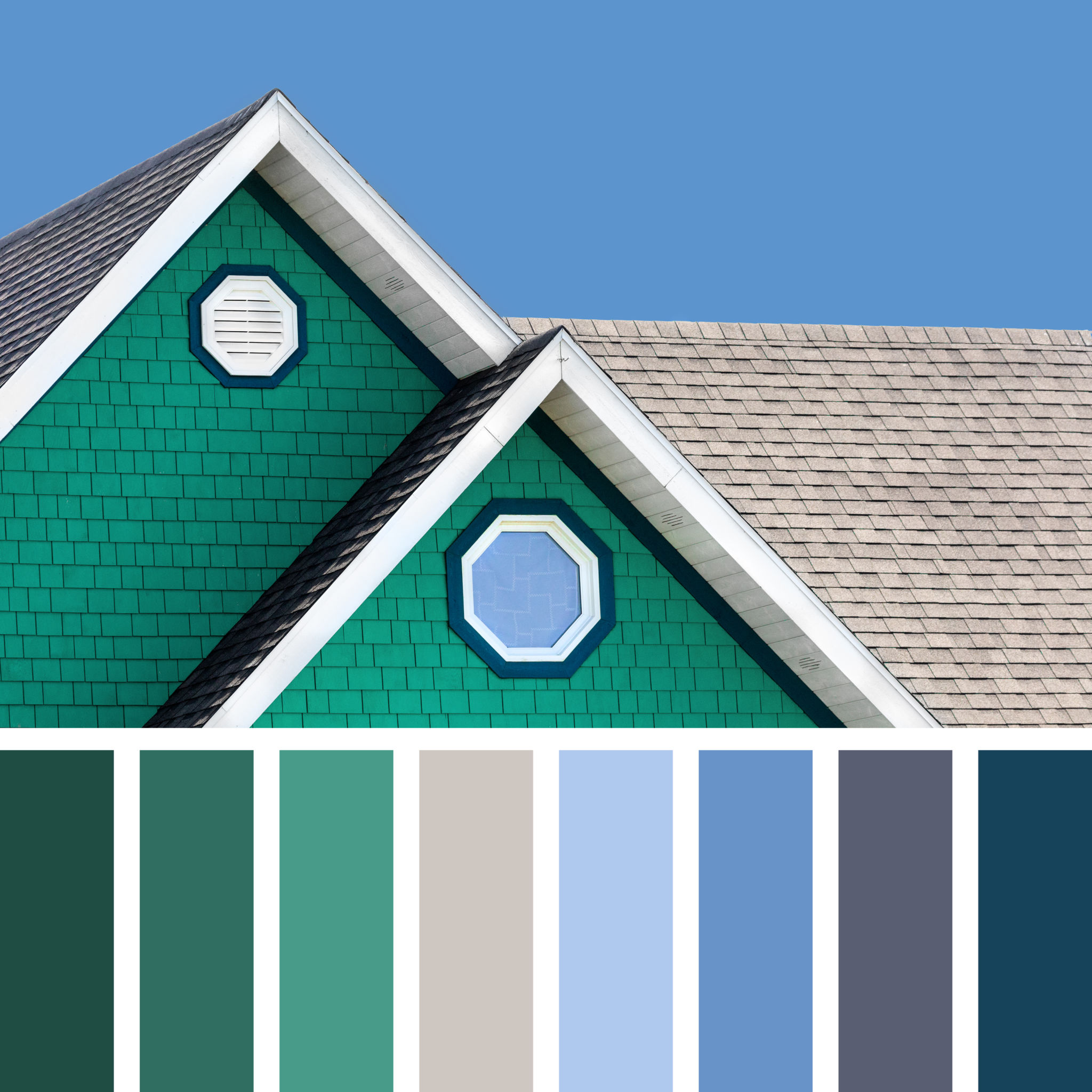How to Choose the Perfect Color Palette for Your Home: Expert Tips
Understanding the Basics of Color Psychology
Before diving into the selection of colors, it's essential to understand the basics of color psychology. Colors have a profound impact on our emotions and can influence mood and perception. For instance, blue is often associated with calmness and tranquility, while red can evoke feelings of energy and passion. By understanding these associations, you can choose a color palette that aligns with the desired atmosphere of your home.

Consider Your Personal Style and Preferences
When choosing a color palette, your personal style should be the guiding force. Think about the colors that make you feel comfortable and happy. Are you drawn to bold, vibrant hues, or do you prefer a more muted, understated look? By identifying your preferences, you can create a space that feels uniquely yours.
Additionally, consider how your chosen colors will complement your existing furniture and decor. A cohesive look is achieved when the color palette enhances the elements already present in your home.
Evaluating Light and Space
Natural light plays a crucial role in how colors appear in a room. Rooms that receive ample sunlight can handle darker colors, as the light prevents them from feeling too oppressive. On the other hand, in spaces with limited natural light, lighter shades can help make the room feel more open and airy.

Testing Paint Samples
Once you've narrowed down your color choices, it's time to test paint samples. Paint small patches on your walls and observe how they look at different times of the day. This will give you a better sense of how the colors interact with light and other elements in the room.
Don't rush this process. Take the time to live with the samples for a few days to see how they influence the room's ambiance and your mood.
Creating a Balanced Palette
A well-balanced color palette typically consists of three main components: dominant, secondary, and accent colors. The dominant color should cover the majority of the space, setting the overall tone. The secondary color complements the dominant hue and is usually applied to smaller areas like furniture or textiles. Accent colors add pops of interest and are used sparingly to highlight specific features.

Using Color Tools and Resources
If you're unsure about which colors work well together, consider using online color tools and resources. Websites and apps like Adobe Color or Canva offer pre-made color schemes that can inspire you. These tools can help you visualize how different colors will look together in your space.
Remember, choosing a color palette for your home is an exciting opportunity to express your personality and creativity. By following these expert tips and trusting your instincts, you'll be able to create a beautiful and harmonious environment that you'll love for years to come.